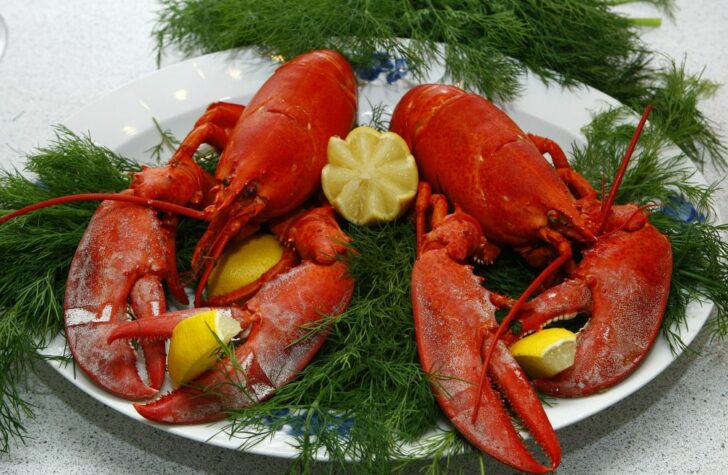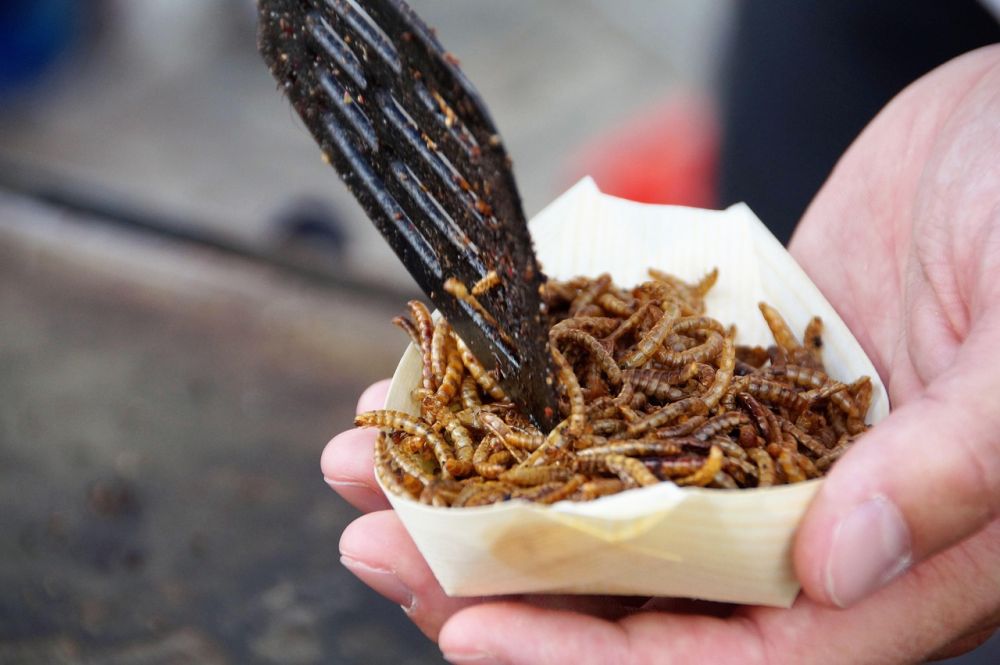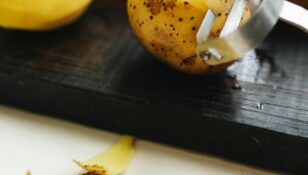Surströmming The Traditional Swedish Delicacy

Surströmming – A Culinary Specialty with a Unique Twist.
Introduction:

Surströmming, the iconic Swedish delicacy, holds a special place in the hearts and palates of many food enthusiasts. This fermented herring has a distinctive aroma and an acquired taste that has captivated both locals and adventurous eaters from around the world. In this comprehensive article, we will explore the history, types, popularity, and unique characteristics of surströmming, as well as delve into the quantitative measurements and historical aspects associated with this traditional dish.
Surströmming: A Renaissance of Flavors
Overview:
Surströmming, often referred to as the ”sour herring,” is made by preserving Baltic herring in a salt solution until it ferments. This process results in a variety of unique flavors and textures, making it a fascinating culinary experience. The salty and tangy taste combined with the soft, tender texture of the fish contributes to its appeal.
Types of Surströmming:
1. Traditional Surströmming: This is the most authentic and widely consumed type of surströmming. It is usually packed in flat, cylindrical tins, allowing the fermentation process to continue even after packaging.
2. Baltic Surströmming: This variant is prepared using herring caught specifically in the Baltic Sea area, known for its rich flavor and high-quality fish.
Popularity & Regional Variations:
Surströmming holds a special place in Northern Swedish cuisine and culture, particularly in the coastal regions. The tradition of enjoying surströmming is deeply ingrained in local festivities and celebrations, such as the annual Surströmmingsskiva (surströmming party). However, its popularity has gradually spread throughout Sweden and even gained international recognition, attracting adventurous food enthusiasts from all corners of the globe.
Unveiling the Measures of Surströmming
Quantitative Measurements:
The degree to which surströmming has fermented is an essential aspect in evaluating its quality. Fermentation is measured in Barilemått, a traditional unit indicating how many barrels (1 barrel = 100 liters) of brine are required for one kilogram of fish. A lower Barilemått indicates a stronger and more intense flavor.
Additionally, pH levels are measured to determine the acidity of the brine. The ideal pH range for surströmming is between 4.0 and 4.5, providing the perfect balance of flavor and preservation.
Embracing the Diversity within Surströmming
Distinguishing Factors:
Although surströmming is renowned for its pungent smell and strong flavor, there are subtle differences among various brands and producers. Factors such as the duration of fermentation, brine composition, and the origin of the herring contribute to these distinctions. Some surströmming variants may have a milder flavor profile with a slight hint of sweetness, while others pack a punch with its intense and rich taste.
Exploring the Historical Pros and Cons
Historical Overview:
Surströmming has a long history in Swedish gastronomy, with records dating back to the 16th century. Initially, surströmming was a practical solution for preserving fish during long winters when fresh supplies were scarce. Over time, it evolved into a cultural and culinary tradition, passionately embraced by the locals. However, the strong smell associated with surströmming has sparked debates and controversies, with some claiming it as an acquired taste and others finding the odor off-putting.
Despite the polarizing opinions, surströmming continues to hold its ground, representing a unique part of Swedish heritage and culinary heritage.
Conclusion:
Surströmming is not just a dish; it is a cultural phenomenon that has stood the test of time. Its strong flavors, distinctive aromas, and centuries-old traditions have intrigued food enthusiasts and culinary adventurers alike. Whether you’re an enthusiast or a skeptic, surströmming offers an extraordinary gastronomic experience that is undoubtedly worth exploring.
So, why not embrace the essence of Swedish food culture and embark on a surströmming adventure of your own?

















